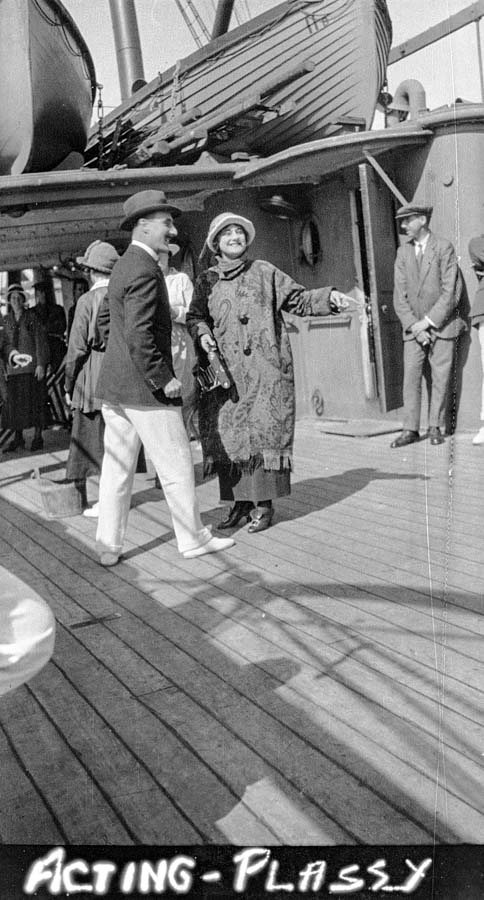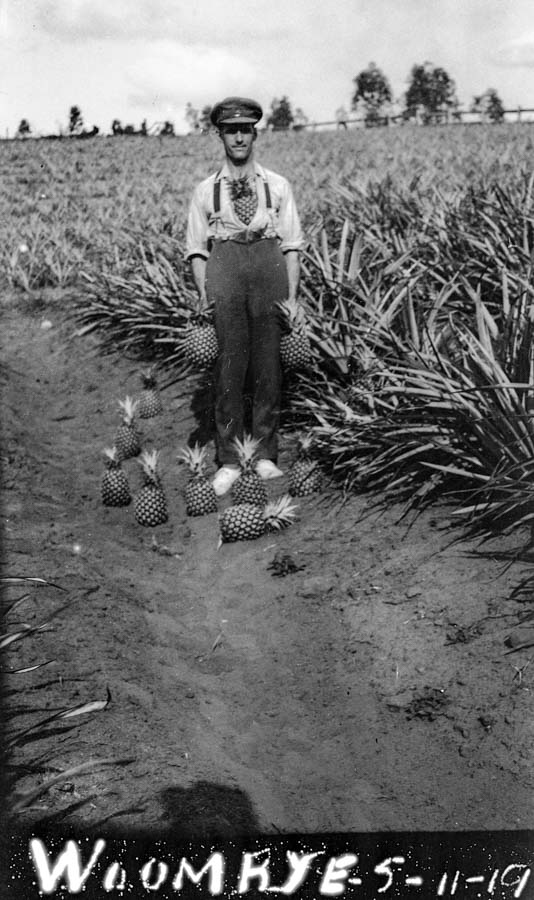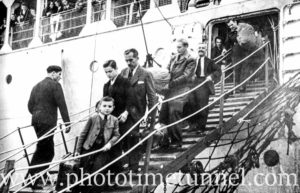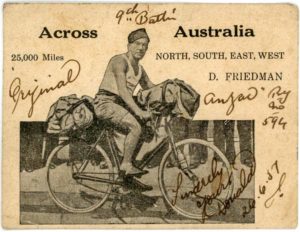From time to time, in my search for interesting old photos and negatives, I used to find negatives with writing on one edge that, when scanned, looked like this:
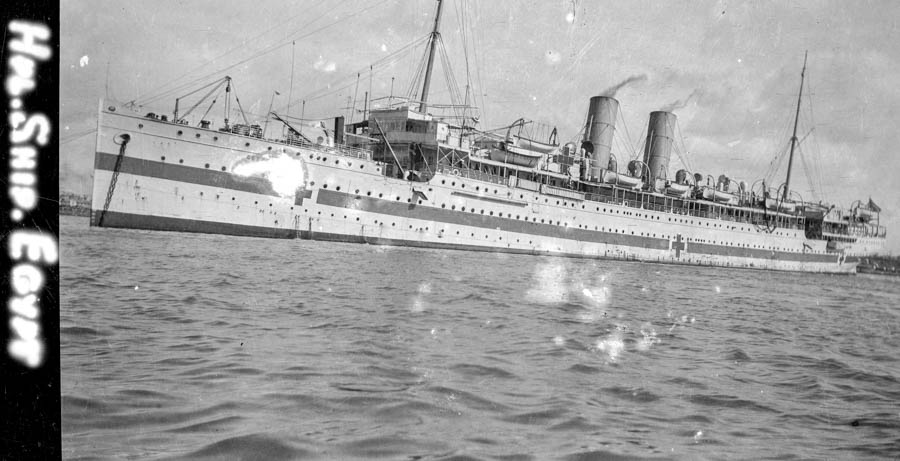
.
I wondered about them, until one day I bought an odd little old camera that had a strange opening flap on the back cover, and a cute little pointed stylus. This was, I discovered, an “autographic” camera. The principle was that you could take your shot, then open the little hatch and write on the edge of the film. There was a sort of carbon paper on the edge, and you scratched the material, allowing an image of your writing to appear on the negative and, ultimately, the print.
The autographic is a lovely little camera, produced from about 1914 as a refinement of the popular “vest pocket” (VPK) camera that was beloved of troops in World War 1 because of its compact design.
.
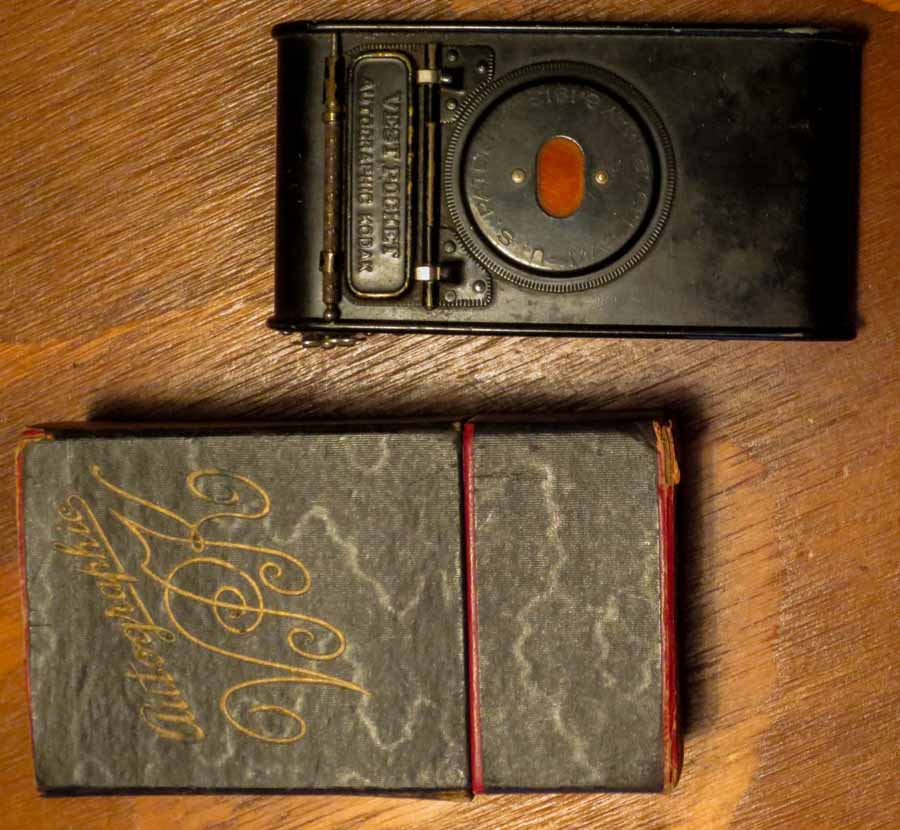
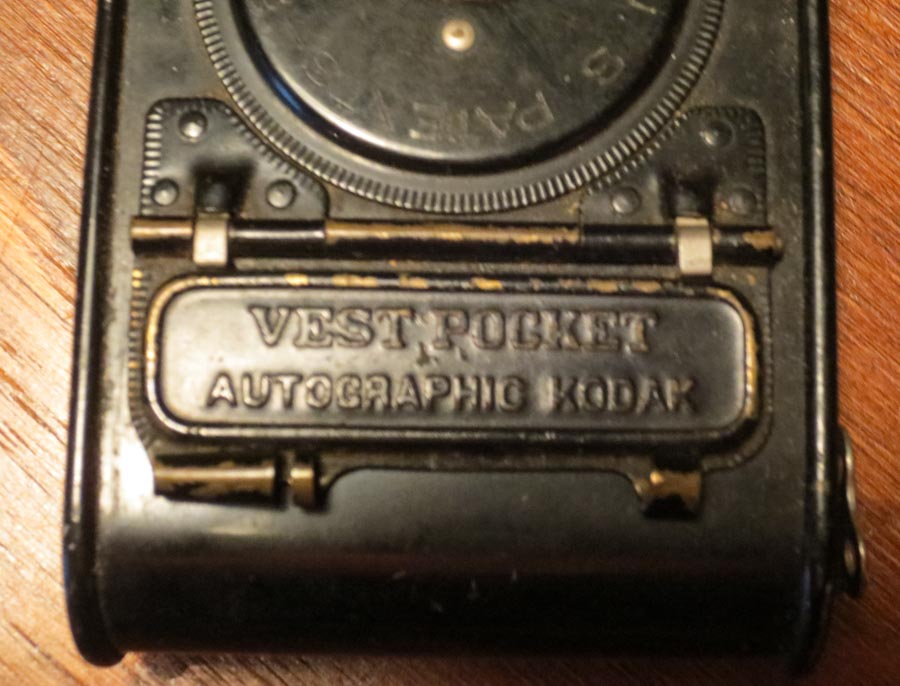
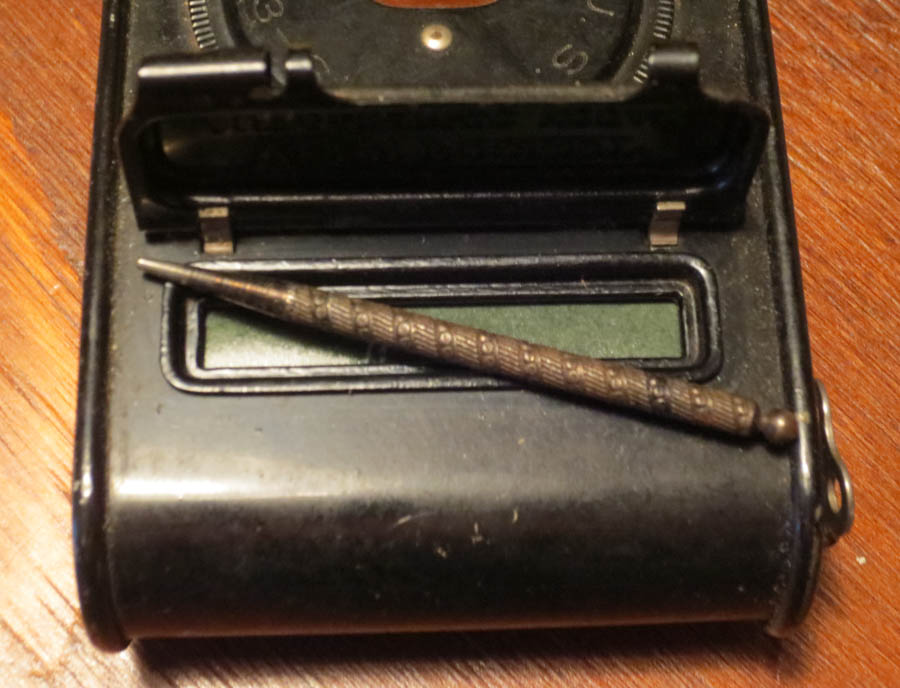
.
Kodak bought the rights to the autographic system from inventor Henry Jacques Gaisman and marketed the idea enthusiastically. It lasted until 1932 when it was phased out.
.
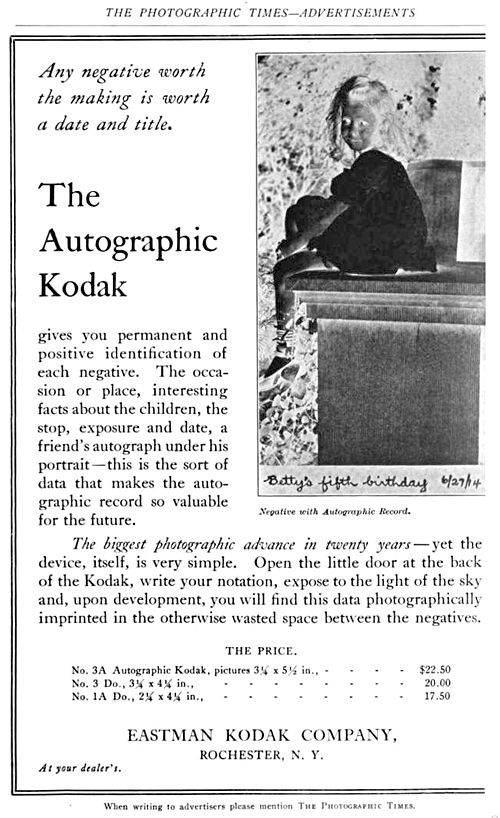
.
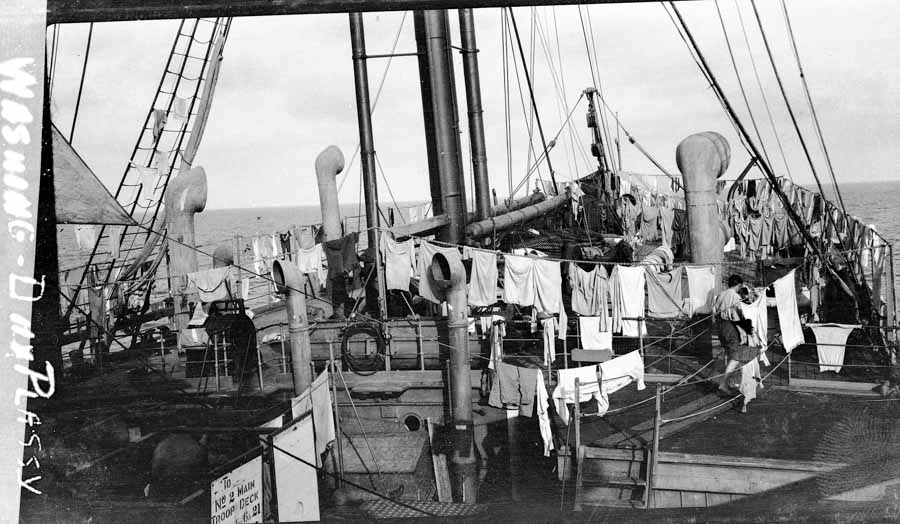
.
.


